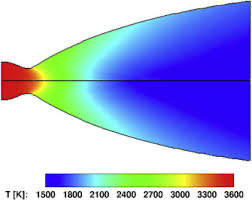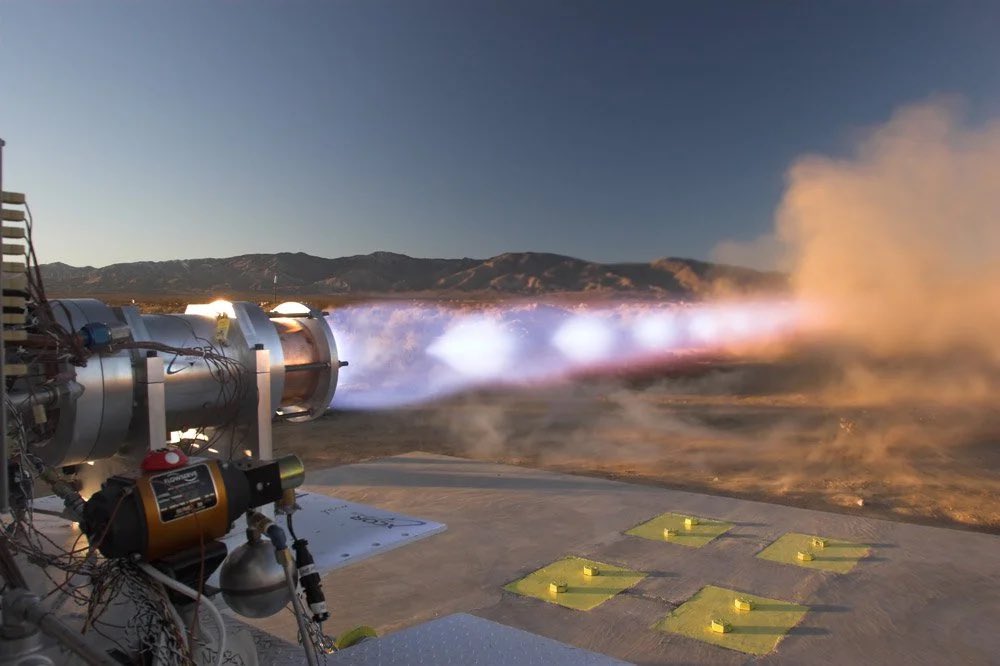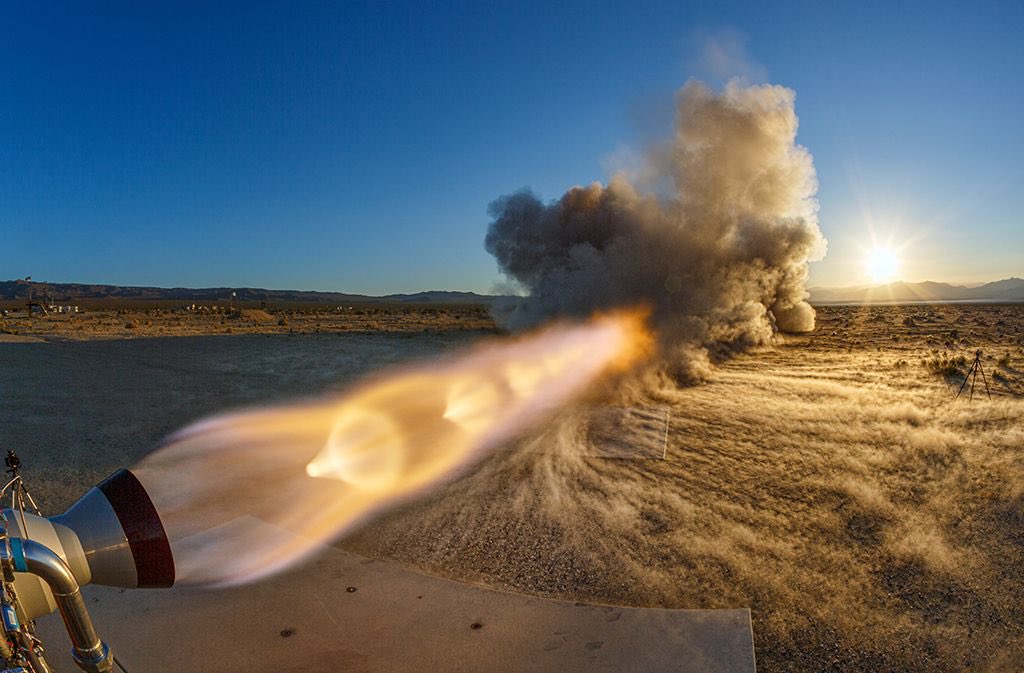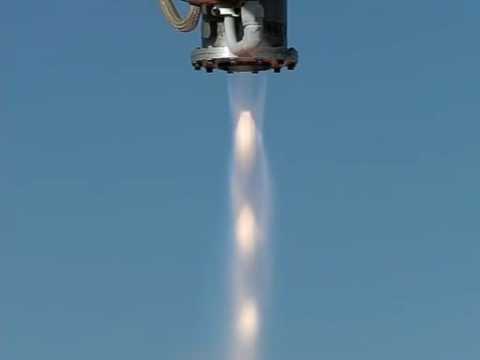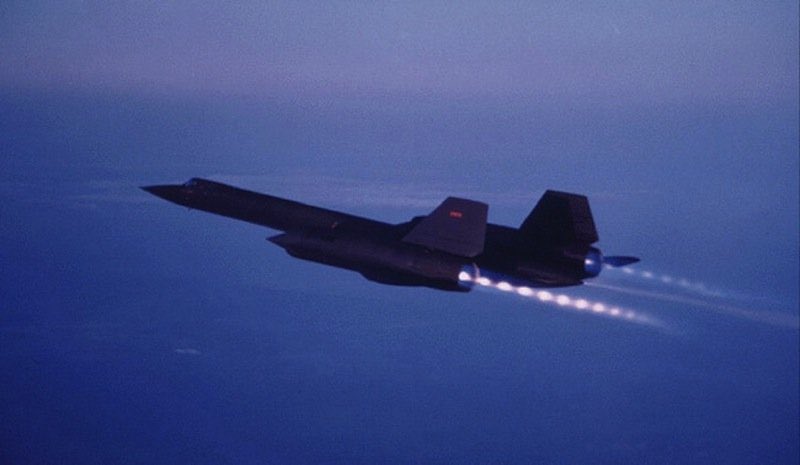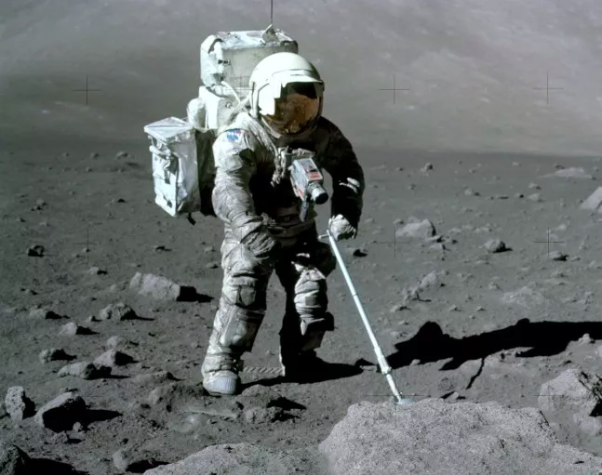I guess I need to do simulations to see how sand can fly 5 miles from a Starship launch. I did the analysis for NASA for Mars landings, and the size of particle that went farthest in that super-thin Martian air was pea gravel (~3 mm diameter) and it only goes 725 meters. /1 

2/ Larger particles go less distance because their inertia prevents them from getting up to a higher velocity. Fiber particles start out faster but the atmospheric drag rapidly stops them and they fall straight down. 

3/ I made these plots for NASA’s Mars Design Reference Mission (DRM) 5.0. They are in Addendum 1, pages 234-248. nasa.gov/pdf/373667main…
4/ So I did not believe sand would go 5 miles on Earth, but people got pictures showing that it *did*. 🤯
https://twitter.com/wr4nygov/status/1649047663982284805
4/ You can see in the plots that small particles travel straight out at high velocity, then atmospheric drag stops them and they fall straight down. So we should be able to determine the initial velocity they had to end up falling 5 miles away. 

5/ Knowing that initial velocity will help calibrate models of particles accelerated by a plume. For Mars I used plume simulations with assumed crater shapes then I integrated the forces on the particles as they are blown out of the crater. (Image: ntrs.nasa.gov/api/citations/…) 

6/ The crater shapes were informed by experiments firing rocket motors into regolith so it wasn’t arbitrary, but at the time we had no models that integrated sand + gas that we could trust. (We still don’t have fully benchmarked models.) 



7/ If I recall, I used various crater slopes to find worst case on how far the particles travel on Mars. It might have been 45 degree crater slopes but I don’t recall. You can see there is some slope in the crater formed by Starship, but the flow field was doubtless complex. 

8/ Despite the complexity (which makes analysis hard) we have to work with what we’ve got. This is by far the biggest rocket cratering experiment in history so it pushes the envelop of experimental data and I’d hate to waste the opportunity. So here’s the request…
9/ If anyone can sweep up some of the sand that landed 5 miles away and send it to me, I will pay postage and will return the sample after testing along with some small thank you token (a patch?). I want to measure density, sizes, and drag forces on the particles. DMs are open!🙏
• • •
Missing some Tweet in this thread? You can try to
force a refresh

 Read on Twitter
Read on Twitter


